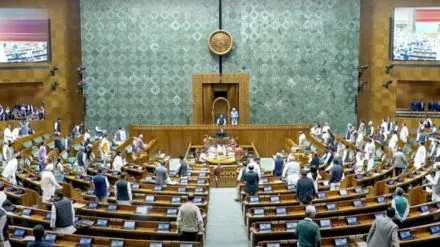Introduction
The Indian Parliament is set to apply the ‘guillotine’ procedure to pass the Budget 2025, raising questions about the democratic process of budget discussions. The move has sparked a debate on whether this parliamentary mechanism is a necessity or a way to bypass accountability.
What is ‘Guillotine’ in Parliamentary Terms?
The guillotine process in Parliament refers to grouping all outstanding demands for grants and passing them without debate. This is usually done to expedite the budget approval process, especially when time is running out.
In the Indian Parliament, each ministry presents demands for grants, which are debated before being passed. However, if time constraints arise, the remaining grants are approved in bulk without discussion.
Why is It Being Used for Budget 2025?
The government has cited the need to ensure smooth financial operations as the primary reason for invoking the guillotine.
- The ongoing parliamentary disruptions have left little time for budget debates.
- The ruling party wants to prioritize infrastructure and economic reforms without delays.
- The opposition alleges that the move is an attempt to silence debate and scrutiny.
Opposition Reactions
The opposition has strongly criticized the decision, stating that it undermines democratic accountability.
- Senior Congress leader Mallikarjun Kharge called it an “undemocratic move” that prevents discussions on crucial policies.
- The Trinamool Congress (TMC) argued that bypassing debates on financial allocations weakens public trust in governance.
Conclusion
While the guillotine procedure is a standard parliamentary tool, its frequent use raises concerns about reducing transparency in budget discussions. With the 2025 general elections approaching, this decision could have political ramifications, especially if opposition parties capitalize on the controversy.






